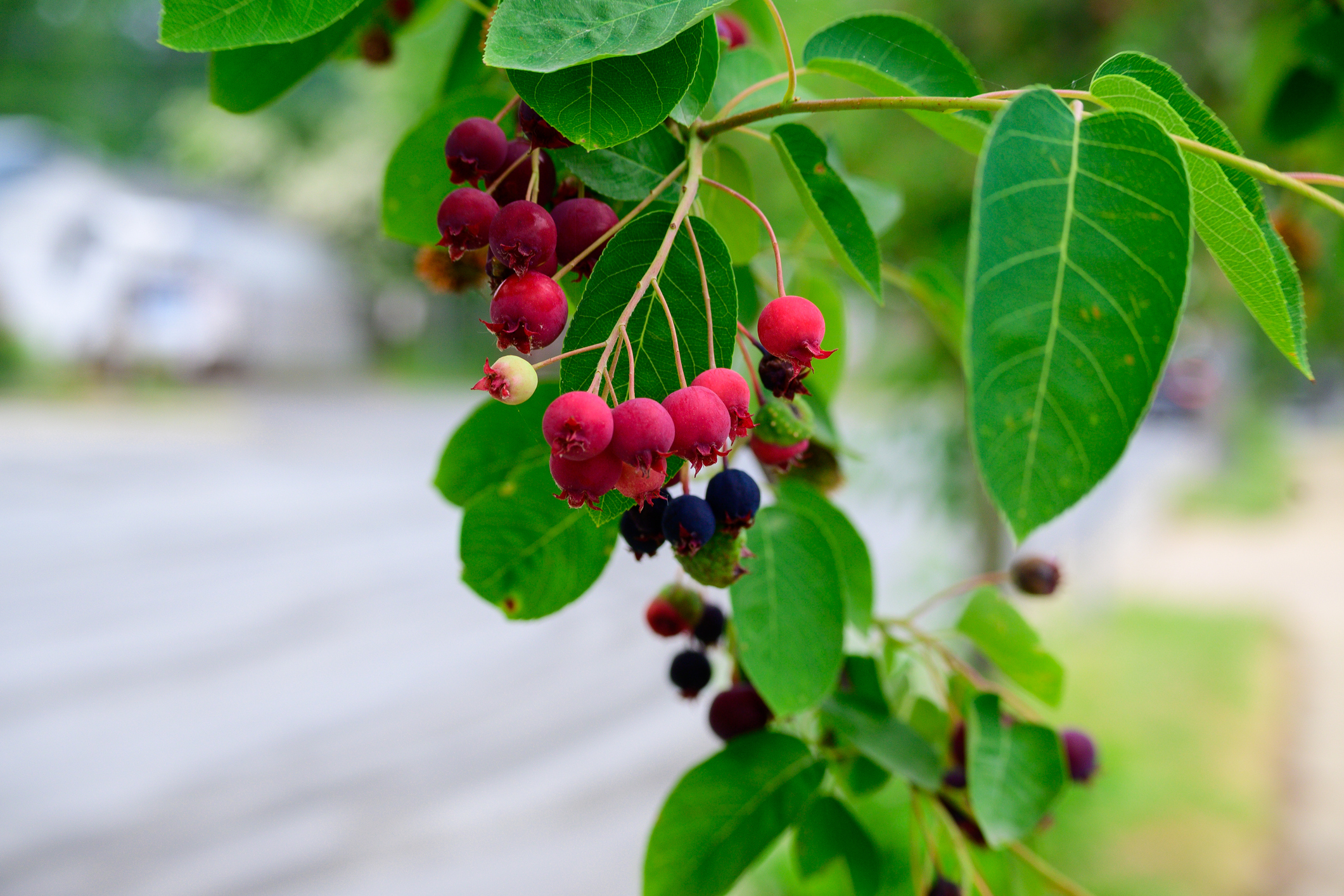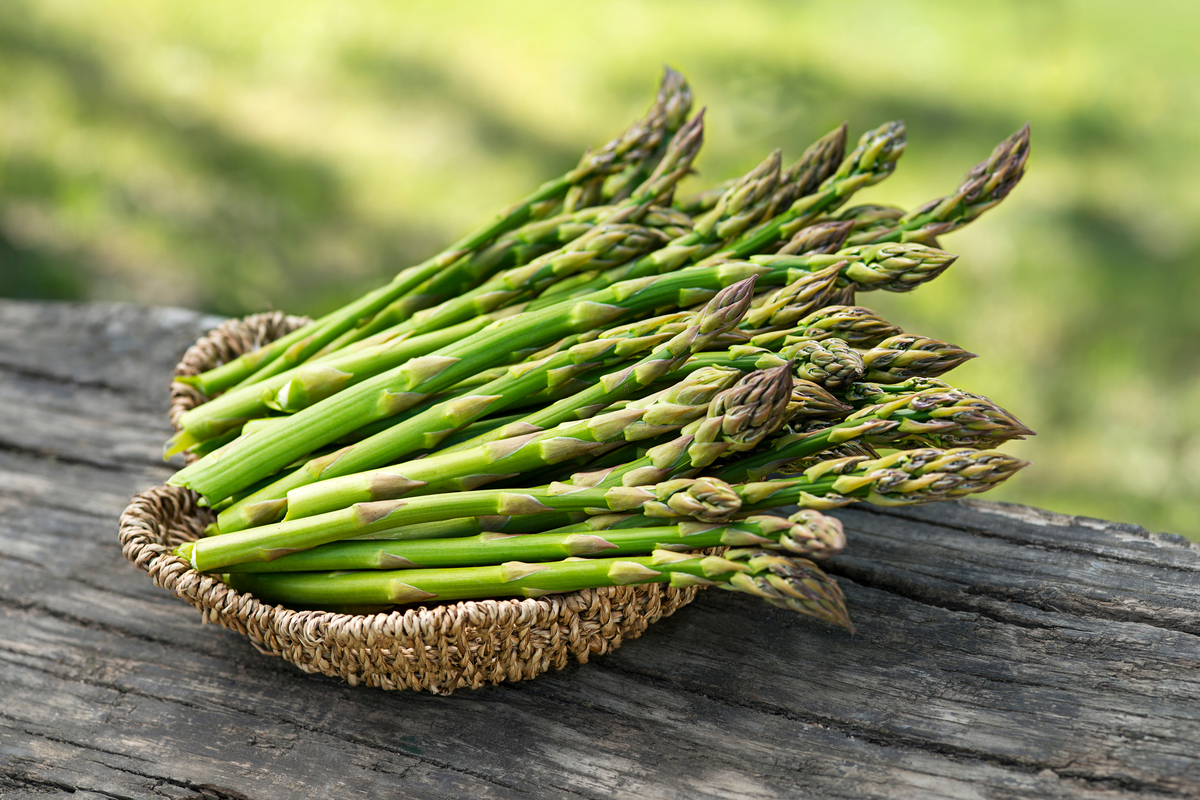Climate zone 2 plants face some of the coldest winters in the United States, making gardening a challenge. In this region, temperatures drop well below 0, resulting in harsh freezes that damage plants. It’s not impossible to foster a healthy garden here, however. Zone 2 gardeners often grow annuals, start plants indoors, and implement overwintering measures, such as mulch and cold frames throughout the year.
There are also cold-hardy plants that can grow and even thrive in zone 2’s cold weather. If you reside in climate zone 2, here’s what you need to know about what you can grow there and how to do it.

Where is climate zone 2?
Before we talk about zone 2, let’s go over what a climate zone is. The United States Department of Agriculture (USDA) has divided the country into 13 regions based on average minimum temperature ranges with the USDA Plant Hardiness Zone Map. Zone 1 has the lowest minimum temperature range, while zone 13 features the highest. A plant label will often indicate a zone interval where a plant is perennial, which means it lasts multiple growing seasons there.
Zone 2, as you may have already guessed, is extremely cold, featuring harsh freezes. It consists mostly of Alaska but also parts of the continental U.S., such as Wyoming and Minnesota. The average minimum temperature in zone 2 ranges between 50 and 40 degrees Fahrenheit below 0 in the winter. These numbers are challenging for plants, suffice to say — even cold-hardy varieties may not survive such harsh freezes.
This area also faces drought and extreme winds in its tundras and plains. In addition to starting plants indoors and giving them frost blankets, row covers, greenhouses, and mulch, gardeners can raise annuals in this region. At the end of the growing season, these plants will inevitably go back to seed.

Flowers and foliage for climate zone 2
It can be a struggle to grow flowers in zone 2, but it’s not altogether impossible to add color to your garden here. For lovely flowers, you’ll have beautiful, vibrant options. The lead plant, for example, is a small, shrubby wildflower with fragrant, feathery leaves and delicate purple blooms.
For a showy flower that attracts pollinators such as bees and butterflies, consider the Iceland poppy. It can flaunt red, orange, yellow, and pink petals upon leafless stems, and it does best directly sown into the ground. Primrose can also be a lovely addition to a garden bed or border. Its small but hardy blooms come in a wide variety of hues — you can start it indoors until temperatures are warm enough to bring it out.

Fruits to grow in climate zone 2
Fruits that can tolerate zone 2 conditions predominantly include cold-hardy plants like apples and plums. Look for zone 2-appropriate varieties, such as the Fall Red apple and Brookgold plum when you’re tree shopping. Local nurseries will likely carry the right types for your area, so don’t hesitate to ask your local garden center retailer for tips.
Another fruit that’s a zone 2 staple is serviceberry, a resilient shrub that yields lovely blooms, bright red fall foliage and delicious fruit. The fruits are similar in color and size to blueberries, except they taste a little sweeter. American cranberry bushes can thrive in zone 2 as well. Whichever trees you end up choosing, plant them in an area where they’ll receive the most sunlight.

When to start seeds in climate zone 2
There’s no getting around the fact that zone 2 has a notoriously limited growing season. Its first frost starts around mid-August, while its last frost breaks around mid-May. Given this timeline, most gardeners in zone 2 will start seeds in May or June, although some tender leafy greens can be started even earlier. Just keep in mind that even without frost, temperatures remain relatively low in zone 2, so you won’t be growing tropical and citrus fruits any time soon.
But as a gardener in zone 2, you do have choices in terms of what you can plant. Consider growing cold-hardy veggies such as carrots, onions, parsnips, and mustard greens. Inevitably, most plants will be kept as annuals in this region, but you can always collect seeds for your next growing season. Asparagus can, however, be perennial if you properly mulch and protect it.
There’s no doubt that climate zone 2 is a tough place to grow plants with its cold temperatures and harsh winds. With that said, developing a colorful and lush garden isn’t out of reach if you’re diligent about overwintering your plants and keeping them warm and upright. While you may have to grow annuals and enact protective measures throughout the year, you really can foster a beautiful garden with striking poppies, hardy plum trees, and delicious carrots and onions at the height of the growing season.



